Ubuntu Double Click Shell Script
Shell scripts are files that contain a sequence of commands that are written in a scripting language known as shell. The shell is a program that interprets commands and executes them. In Ubuntu, the default shell is called Bash (Bourne Again Shell), which is a widely used shell in the Linux operating system.
What is a Shell Script?
A shell script is a text file that contains a series of commands that are executed by the shell. It is a convenient way to automate repetitive tasks and perform complex operations on the command line. Shell scripts can be used to automate system administration tasks, install software packages, configure settings, and more.
Advantages of Writing Shell Scripts
There are several advantages of using shell scripts in Ubuntu:
1. Automation: Shell scripts allow you to automate repetitive tasks, saving time and effort. You can write a script that performs a series of commands with a single command, eliminating the need to type them individually.
2. Customization: Shell scripts provide a way to customize your Ubuntu system according to your needs. You can write scripts to configure system settings, install specific software packages, and perform other tasks that suit your requirements.
3. Efficiency: Shell scripts can help improve productivity by streamlining processes and reducing manual intervention. They enable you to execute complex commands or operations with a single click.
4. Portability: Shell scripts are highly portable and can be executed on different Unix-like operating systems, including Ubuntu. This makes it easy to transfer and run scripts on different machines without modification.
How to Double Click and Execute Shell Scripts in Ubuntu
By default, Ubuntu does not execute shell scripts by double-clicking on them. However, you can configure the system to execute shell scripts with a double click by following these steps:
Step 1: Ensuring Executability of the Shell Script
To execute a shell script, it must have the executable permission. Right-click on the shell script file and go to “Properties.” In the “Permissions” tab, ensure that the “Allow executing file as program” option is checked. If it is not checked, enable it and close the properties window.
Step 2: Opening “Properties” Dialog for the Shell Script
Right-click on the shell script file and select “Properties” from the context menu. A dialog box will open, displaying the properties of the file.
Step 3: Modifying the “Open With” Option
In the properties dialog, go to the “Open With” tab. By default, the file may be associated with a text editor. Click on the “Reset” button to remove the current association.
Step 4: Assigning the Terminal to Execute the Script
To execute the shell script, associate it with the terminal. Click on the “Add” button and enter “gnome-terminal” as the custom command. Then, select the terminal from the list of applications.
Step 5: Testing the Double Click Behavior
Close the properties dialog and double-click on the shell script file. It should now open in the terminal and execute the commands in the script.
Troubleshooting Common Issues
If the double-click behavior is not working as expected, here are some common issues and their possible solutions:
1. File Permission: Ensure that the shell script file has the executable permission enabled, as mentioned in Step 1.
2. Incorrect Association: Check if the shell script file is associated with the terminal correctly. Follow Step 3 and Step 4 to set the association.
3. Script Error: If the script contains errors, it may fail to execute. You can test the script by running it from the terminal using the “./” prefix, followed by the script name (e.g., “./script.sh”). Fix any errors encountered.
4. Bash Compatibility: Make sure that the shell script is written using Bash commands and is compatible with the Bash shell.
FAQs
Q: How do I run a shell script by double-clicking on a Mac?
A: On a Mac, you can enable the double-click behavior for shell scripts by following similar steps. Right-click on the shell script file, go to “Get Info,” and under “Open With,” select the terminal application. The script should now execute when double-clicked.
Q: Can I run shell scripts on Windows?
A: Shell scripts written for the Ubuntu Bash shell may not work directly on Windows. However, you can install the Windows Subsystem for Linux (WSL) and run Ubuntu Bash on Windows to execute shell scripts.
Q: How can I add a shell script to the Ubuntu dock for quick access?
A: To add a shell script to the Ubuntu dock, you can create a desktop shortcut by right-clicking on the desktop, selecting “Create Launcher,” and providing the necessary details, such as the script’s path and name. Once created, you can drag and drop the launcher from the desktop to the dock for easy access.
Q: How can I write a bash script in Ubuntu?
A: To write a bash script in Ubuntu, open a text editor and start writing the commands in the file. Save the file with a .sh extension (e.g., script.sh) and ensure it has the executable permission enabled. You can then execute the script from the terminal or configure it to run by double-clicking, as explained earlier.
Q: How can I run a command using a shell script in Ubuntu?
A: To run a specific command using a shell script, add the command to the script file, save it with the .sh extension, and ensure it has the executable permission enabled. You can then run the script using the terminal or by double-clicking on it, if configured.
In conclusion, with some simple configuration, Ubuntu can be set up to execute shell scripts by double-clicking on them. This enables convenient automation and execution of commands, reducing the need for manual intervention and improving efficiency. Shell scripts offer a versatile way to customize and streamline various tasks in Ubuntu, allowing users to make the most of their Linux experience.
How To Run Bash Scripts In Linux By Double Clicking Them
How To Double Click And Run Shell Script In Ubuntu?
Ubuntu, being one of the most popular Linux distributions, offers users a powerful and robust operating system complete with a wide range of features. One of the defining characteristics of Ubuntu is its ability to execute shell scripts, which allow users to automate various tasks and execute complex commands. While executing shell scripts through the terminal is a common practice, Ubuntu also provides users the convenience of running these scripts by simply double-clicking on them. In this article, we will explore the process of running shell scripts in Ubuntu using the double-click method and cover related FAQs for a better understanding.
Before we dive into the process, let’s first understand what a shell script is. A shell script is a text file containing a series of commands that the Linux shell interprets and executes in sequence. It saves users from executing repetitive tasks manually and enables automation for various purposes. Shell scripts usually have the extension ‘.sh’ to indicate their nature as shell scripts.
Now, let’s get started with the steps to double click and run a shell script in Ubuntu:
Step 1: Create or obtain a shell script
To begin, you need a shell script to run. You can create a new one with a text editor or download an existing script from a reliable source. Ensure that you have read and understand the script before proceeding to run it.
Step 2: Set execute permissions
By default, Ubuntu restricts execution permissions for security reasons. You need to grant the necessary permissions to your shell script. Right-click on the shell script file, go to ‘Properties,’ and navigate to the ‘Permissions’ tab. Check the ‘Allow executing file as program’ option and click ‘Close.’
Step 3: Launch the shell script
Once you have granted the appropriate permissions, you can double click on the shell script. Ubuntu will automatically launch the script using an available terminal emulator, executing the commands within it. If prompted, choose ‘Run in Terminal’ or an equivalent option to initiate the execution.
Step 4: Observe the script execution
A new terminal window or tab will appear, displaying the output of the script if any. You can view the progress and results of the script within this terminal. Make sure to keep the terminal open until the script completes its execution.
Congratulations! You have successfully run a shell script using the double-click method in Ubuntu. It’s a simple and effective way to execute scripts without the need for manual command-line interaction.
Now, let’s address some frequently asked questions related to running shell scripts in Ubuntu:
FAQs:
Q1: Can I run any shell script through double-clicking on Ubuntu?
A1: Yes, you can run any shell script that has been granted the necessary execute permissions. However, exercise caution when executing unfamiliar or untrusted scripts to ensure system security.
Q2: I receive a “Permission denied” error while trying to run a shell script. What should I do?
A2: This error indicates that the script lacks the execution permission. Right-click on the script file, go to ‘Properties,’ and grant execution permissions under the ‘Permissions’ tab, as mentioned in the earlier steps.
Q3: How can I run a shell script with administrator (root) privileges?
A3: Some scripts require elevated privileges to perform certain operations. To run a script as an administrator, open a terminal, navigate to the script location using the ‘cd’ command, and execute the script using the ‘sudo’ command. For example, ‘sudo ./script.sh’ will run the script with administrator privileges.
Q4: Can I pass arguments to a shell script executed through double-clicking?
A4: Yes, you can pass arguments to a shell script by modifying its properties. Right-click on the script, choose ‘Properties,’ and add the desired arguments in the ‘Command’ field, separating them with spaces. For instance, if your script expects a filename as an argument, add ‘file.txt’ to execute the script with ‘file.txt’ as the argument.
Q5: Are there any limitations or risks associated with running shell scripts through double-clicking?
A5: While the double-click method offers convenience, it’s important to remain cautious with unknown scripts or from unreliable sources. Scripts obtained from untrusted sources may contain malicious code or unintended consequences. Always review the script and execute it with proper permissions to ensure system safety.
By following the steps outlined in this article, you can easily run shell scripts in Ubuntu by double-clicking on them. This method provides a hassle-free way of executing scripts and automating tasks, enhancing productivity on the Ubuntu operating system. Remember to exercise diligence while dealing with scripts obtained from unverified sources, prioritize security, and enjoy the power of shell scripting in Ubuntu!
How To Run Shell Script On Ubuntu?
Running shell scripts on Ubuntu is a fundamental skill for any Linux user, whether you are a system administrator, developer, or even a casual user. Shell scripts allow you to automate tasks, execute multiple commands at once, and perform complex operations efficiently. In this article, we will explore the various methods to run shell scripts on Ubuntu, covering both basic and advanced techniques.
Table of Contents:
1. Running a Shell Script
1.1. Make the Script Executable
1.2. Run the Script
2. Running Shell Scripts with Interpreter
3. Running Shell Scripts on Startup
4. Common FAQs
1. Running a Shell Script:
The most straightforward method to run a shell script on Ubuntu is through the terminal. Here’s a step-by-step guide to follow:
1.1. Make the Script Executable:
Before executing a shell script, you need to make it executable. Open the terminal, navigate to the directory where your script is located, and use the `chmod` command with the “+x” option to grant execute permissions. For example:
“`
chmod +x script.sh
“`
This command gives execute permissions to the file “script.sh”. Replace “script.sh” with the actual name of your script.
1.2. Run the Script:
Once the script is executable, you can run it by entering the following command in the terminal:
“`
./script.sh
“`
Replace “script.sh” with the name of your script. The “./” before the script’s name indicates that it is located in the current working directory.
2. Running Shell Scripts with Interpreter:
Shell scripts can be run using a specific interpreter. The most commonly used shell on Ubuntu is Bash (Bourne Again SHell). To use Bash, start the script with the following shebang line:
“`
#!/bin/bash
“`
Place this line at the top of your script. It tells the system which interpreter to use for executing the script.
Moreover, to run a script with the appropriate interpreter directly from the command line, you can use the following command:
“`
bash script.sh
“`
3. Running Shell Scripts on Startup:
To run a shell script automatically at Ubuntu startup, you can employ a startup application tool called “cron”. Here’s how you can accomplish it:
First, open a terminal and enter the following command to open the cron configuration file:
“`
crontab -e
“`
If asked to select an editor, choose your preferred one (nano, vim, or any other available).
This command opens the cron configuration file in the editor. Add the following line at the end of the file to run a script named “script.sh” at startup:
“`
@reboot /path/to/script.sh
“`
Replace “/path/to/script.sh” with the actual path to your script. Save the file and exit the editor.
Now, your shell script will execute every time Ubuntu starts up.
4. Common FAQs:
Q: How do I know if a script is running?
A: To check if a script is running, you can use the `ps` command along with the script’s name. For example:
“`
ps aux | grep script.sh
“`
This command will list all running processes and use `grep` to filter and display only the processes related to “script.sh”.
Q: Can I run shell scripts without the terminal?
A: Yes, you can execute shell scripts without the terminal by creating a desktop shortcut. Right-click on the desktop, select “Create Launcher,” and provide the necessary details such as the script’s path, name, and icon.
Q: How can I run a script with root privileges?
A: To run a shell script with root privileges, prefix the command with “sudo” (superuser do). For example:
“`
sudo ./script.sh
“`
This command prompts for the administrator password and executes the script as the root user.
Q: How can I debug shell scripts?
A: To debug shell scripts, you can use the `-x` option with the bash command to trace the execution of each step. For example:
“`
bash -x script.sh
“`
This will display each command executed in the script along with its output.
Q: Can I schedule a shell script to run at specific times?
A: Yes, you can schedule a shell script to run at specific times using the cron utility. Open the cron configuration file by typing `crontab -e` in the terminal and follow the syntax to specify the desired schedule.
In conclusion, running shell scripts on Ubuntu is a crucial skill that empowers users to automate tasks and execute complex operations with ease. This article has explored various methods to run shell scripts, including making scripts executable, using interpreters, running scripts on startup, and addressing common FAQs. Mastering these techniques will enhance your productivity and efficiency in employing Ubuntu’s customizable and versatile operating system.
Keywords searched by users: ubuntu double click shell script Double click to run shell script Ubuntu, How to run .sh file by double click mac, Run-script, Run sh file Windows, Ubuntu script command, ubuntu add shell script to dock, Write bash script Ubuntu, Run command using shell script
Categories: Top 40 Ubuntu Double Click Shell Script
See more here: nhanvietluanvan.com
Double Click To Run Shell Script Ubuntu
Ubuntu, one of the most popular Linux distributions, provides users with a powerful and flexible operating system. As with any Linux-based OS, Ubuntu allows users to execute shell scripts to automate various tasks or run custom commands. By default, Ubuntu requires users to run shell scripts from the command line. However, there is a way to simplify the process by allowing users to execute shell scripts with just a double click. In this article, we will explore the steps involved in setting up double click functionality for running shell scripts in Ubuntu.
Why Execute Shell Scripts with Double Click?
Running shell scripts via double click makes it incredibly convenient and user-friendly. Instead of opening a terminal and typing in commands to execute scripts, users can simply double click on a script file and it will be executed automatically. This feature is particularly useful for users who are less familiar with command line interfaces or prefer a graphical environment.
Step 1: Checking File Permissions
Before setting up double click functionality, it is important to ensure that the shell script file has the necessary execute permissions. By default, Ubuntu requires executable files to have the execute permission enabled. To check the file’s permission, right-click on the script file, navigate to “Properties,” and then select the “Permissions” tab. Make sure the “Allow executing file as program” option is checked. If it is not, enable it and click “Close.”
Step 2: Installing Zenity
To enable double click execution, we need to install Zenity, a command-line tool used to display graphical dialog boxes in Ubuntu. Zenity provides a convenient way to execute scripts with a double click. Open the terminal by pressing Ctrl+Alt+T and run the following command:
$ sudo apt-get install zenity
Enter your password and allow the installation to complete.
Step 3: Creating a Desktop Entry
Once Zenity is installed, we need to create a desktop entry for our shell script. A desktop entry specifies how an application should be launched and provides the necessary information for Ubuntu to recognize the script as a runnable application. Open the terminal and navigate to the directory where the shell script is located using the `cd` command. Then, create a new desktop file using the following command:
$ touch script.desktop
Next, open the desktop file in a text editor using the following command:
$ sudo nano script.desktop
Replace “script” with the name of your shell script.
In the text editor, paste the following lines:
“`
[Desktop Entry]
Name=Script Name
Exec=gnome-terminal -e “bash -c ‘/path/to/your/script.sh; echo Press ENTER to exit; read line'”
Type=Application
Terminal=true
Icon=/path/to/your/icon.png
“`
Make sure to replace “Script Name” with the desired name for your script, “/path/to/your/script.sh” with the actual path to your shell script, and “/path/to/your/icon.png” with the path to an icon (if desired).
Save the file by pressing Ctrl+O, and then exit the editor by pressing Ctrl+X.
Step 4: Making the Desktop Entry Executable
We need to make the desktop entry file executable. In the terminal, run the following command:
$ chmod +x script.desktop
Replace “script” with the name of your shell script.
Step 5: Moving the Desktop Entry to the Right Location
The next step is to move the desktop entry file to the appropriate location to make it accessible from the graphical environment. Execute the following command:
$ sudo mv script.desktop /usr/share/applications/
Again, replace “script” with the name of your shell script.
Step 6: Test the Double Click Execution
To test if the double click execution is working, navigate to the location where you placed your shell script and double click on the desktop entry file (with the `.desktop` extension). Ubuntu will open a terminal window and execute the script. You’ll see the output in the terminal, and after the script finishes, it will display the message “Press ENTER to exit.” Once you press enter, the terminal window will close.
FAQs
Q: Can I assign an icon to my shell script?
A: Yes, you can assign an icon to your shell script by replacing “/path/to/your/icon.png” in the desktop entry file with the actual path to your desired icon file.
Q: Can I execute shell scripts located in any directory?
A: Yes, you can execute shell scripts located anywhere on your system by specifying the correct path in the desktop entry file.
Q: Can I edit the shell script from the terminal window that opens?
A: Yes, you can edit the shell script from the terminal window that opens by using a text editor like nano or vi. Simply type the command to open the file and modify it as needed.
Q: Are there any limitations to double click execution?
A: Double click execution works for most shell scripts. However, some scripts with complex interactive prompts or that require root privileges may not work as expected.
Q: How do I remove the double click functionality for a shell script?
A: To remove the double click functionality, delete the corresponding desktop entry file from the “/usr/share/applications/” directory.
How To Run .Sh File By Double Click Mac
Running a .sh (shell) file on a Mac by double-clicking it may seem like a daunting task for some users, especially those who are not familiar with the command line interface. However, with a few simple steps, you can easily execute .sh files by double-clicking them on your Mac. In this article, we will guide you through the process, ensuring you can run .sh files effortlessly and efficiently.
Before we proceed with the instructions, it is important to note that .sh files are shell scripts written in the Bash scripting language. They contain a series of commands that can be executed in the terminal. By running a .sh file, you automate a set of tasks, saving you time and effort.
Step 1: Create or obtain the .sh file
To begin, you need a .sh file. If you already have one, make sure it is located in a convenient location on your Mac. If you don’t have a .sh file, you can create one using a text editor, such as TextEdit or Sublime Text, by saving the file with a .sh extension. Remember that the file should include the necessary code and commands you want to execute.
Step 2: Grant executable permissions
By default, macOS treats .sh files as plain text files rather than executable files. To change this, you need to grant executable permissions to the .sh file.
1. Locate the .sh file on your Mac.
2. Right-click on the file and select “Get Info” from the drop-down menu.
3. In the Info window that appears, expand the “Sharing & Permissions” section.
4. Click on the lock icon and enter your administrator password when prompted.
5. Change the privilege for your user account to “Read & Write.”
6. Click the “Gear” icon and select “Apply to enclosed items” to apply the changes to all the files within the folder.
7. Close the Info window.
Step 3: Configure Terminal preferences (optional)
This step ensures that the terminal window remains open after executing the .sh file, allowing you to view any output or error messages. Although it is not mandatory, it can be helpful in troubleshooting your scripts.
1. Open Terminal from the Applications > Utilities folder.
2. In the top menu, click on “Terminal” and select “Preferences.”
3. In the preferences window, go to the “Profiles” tab.
4. Select a profile (e.g., Basic) on the left-hand side.
5. In the “Shell” section, you will find the option “When the shell exists:” Select “Don’t close the window” from the drop-down menu.
6. Close the preferences window.
Step 4: Open .sh file with Terminal
Now that you have granted executable permissions to the .sh file and configured your Terminal preferences, it’s time to run the script.
1. Locate the .sh file on your Mac.
2. Right-click on the file and select “Open With” from the drop-down menu.
3. Choose “Other…”
4. In the file selection dialog, navigate to the “Utilities” folder.
5. Select “Terminal” and click “Open.”
6. A Terminal window will appear, executing the .sh file. You can observe the output and any error messages directly in this window.
Running a .sh file via Terminal allows you to access its full functionality and ensures an interactive experience. Remember to keep your Terminal window open until the script finishes its execution.
FAQs:
Q1: What if my .sh file contains arguments or requires user input?
A1: Running a .sh file with arguments is possible through Terminal. In the Terminal window, navigate to the directory where the .sh file is located using the `cd` command, followed by `./` and the filename with its extension. For example: `cd /Users/username/Desktop` and then `./script.sh arg1 arg2`. If your script requires user input, it will pause for input wherever necessary.
Q2: Can I schedule a .sh file to run at a specific time?
A2: Yes, you can use the built-in macOS tool called “cron” to schedule the execution of a shell script. Open Terminal, and type `crontab -e` to edit your cron jobs. Consult the cron documentation for further details and syntax to schedule your .sh file.
Q3: How can I edit my .sh file without going through Terminal?
A3: You can edit your .sh file using any text editor of your choice, such as TextEdit or Sublime Text. Remember to save the changes after editing.
Q4: Can I create a desktop shortcut to run my .sh file?
A4: Yes, you can create a desktop shortcut to run your .sh file by creating an AppleScript or Automator application that executes the .sh file via Terminal. This allows you to double-click the shortcut on your desktop to run your script.
Running .sh files by double-clicking them on your Mac can be achieved by following the steps outlined in this article. With a little technical know-how and familiarity with the Terminal, you can automate your tasks and enhance your productivity. Enjoy the convenience of executing .sh files without relying solely on the command line interface!
Run-Script
Introduction:
In the realm of programming and system administration, running scripts is a fundamental and ubiquitous practice. A script is a set of instructions or commands executed in a specific order to automate various tasks. While executing scripts manually in a command-line interface can be tedious, time-consuming, and prone to errors, the Run-Script tool comes to the rescue. This article will delve into the concept of Run-Script, its key features, and how it simplifies command execution and automation. Additionally, a FAQs section aims to address common queries regarding this powerful tool.
What is Run-Script?
Run-Script is a command-line tool designed to facilitate the execution of scripts effortlessly. It acts as an intermediary between the user and the script, providing an intuitive interface that streamlines the execution process. By eliminating the need to remember complex command structures, Run-Script makes the task of executing scripts more accessible, efficient, and error-free.
Key Features:
1. Script Organization: Run-Script allows the user to manage and organize scripts conveniently. It provides support for creating multiple script categories or modules, enabling easy grouping and retrieval of related scripts for specific tasks.
2. Script Execution: With Run-Script, executing a script is as simple as invoking a single command. It abstracts the underlying script execution process, relieving users from the burden of manually handling command structures, platforms, and dependencies.
3. Script Parameterization: Run-Script permits the passing of arguments or parameters to scripts, enabling customization and flexibility. The user can define variables and values, with the tool automatically injecting them into the script execution, thereby enhancing the script’s versatility.
4. Script Logging: Run-Script incorporates robust logging capabilities, aiding users in troubleshooting and analyzing script runs. It captures and records essential information throughout the execution process, such as start and end times, output, errors, and warnings, ensuring comprehensive analysis and reporting.
5. Error Handling: Run-Script provides efficient error management and reporting mechanisms. It allows for configurable actions on encountering errors, such as aborting the script execution, retrying, or providing a graceful failover option. This feature simplifies recovery and promotes reliability in script execution.
6. Integration with Cron Jobs and Task Schedulers: Run-Script seamlessly integrates with cron jobs and task schedulers, enabling the automation of recurrent or scheduled script execution. By utilizing these powerful scheduling tools, users can automate routine tasks, thereby saving time and effort.
FAQs:
Q1: Can I use Run-Script with various scripting languages?
A1: Yes, Run-Script supports a wide range of scripting languages, including Bash, Python, Perl, PowerShell, and more. It acts as a versatile wrapper around the underlying scripting language, making it compatible with scripts written in any supported language.
Q2: Can I execute scripts remotely using Run-Script?
A2: Absolutely! Run-Script allows for remote script execution on different machines, provided appropriate connectivity and permissions are in place. This feature is particularly useful in managing distributed systems or remote server administration.
Q3: How can I handle the output of a script executed through Run-Script?
A3: Run-Script captures the output generated by the script and makes it readily available for analysis. The output can be saved to files or redirected for further processing, allowing users to leverage the script’s results for automation, reporting, or other purposes.
Q4: Does Run-Script offer any security provisions?
A4: Yes, Run-Script focuses on security by supporting authentication, encryption, and authorization protocols. It ensures secure script execution, safeguarding against unauthorized access, data breaches, or malicious script injection.
Q5: Is Run-Script compatible with both Windows and Unix-based systems?
A5: Yes, Run-Script is platform-agnostic and can be used on various operating systems, including Windows, Linux, macOS, and Unix-based systems. It facilitates seamless execution across different platforms, ensuring consistency and compatibility.
In conclusion, Run-Script serves as a crucial tool for simplifying script execution and automation. Its user-friendly interface, script organization features, parameterization options, and efficient error handling make it an indispensable asset for developers, system administrators, and automation enthusiasts alike. By streamlining the execution process, Run-Script enhances productivity, eliminates errors, and optimizes the efficiency of both simple and complex scripting tasks.
Images related to the topic ubuntu double click shell script

Found 40 images related to ubuntu double click shell script theme














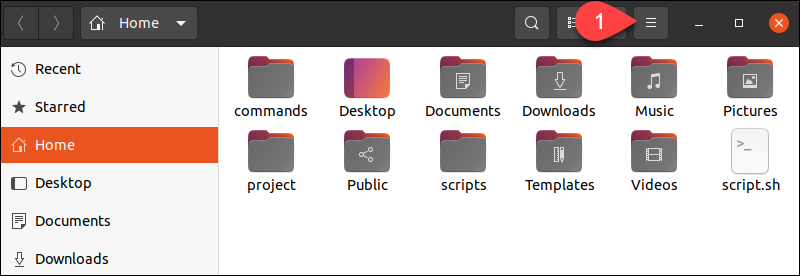



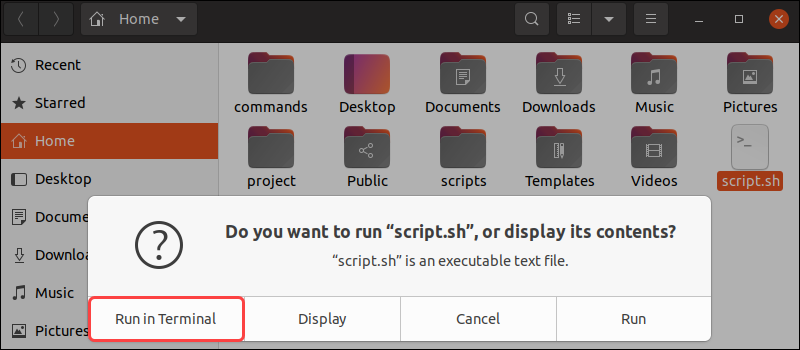

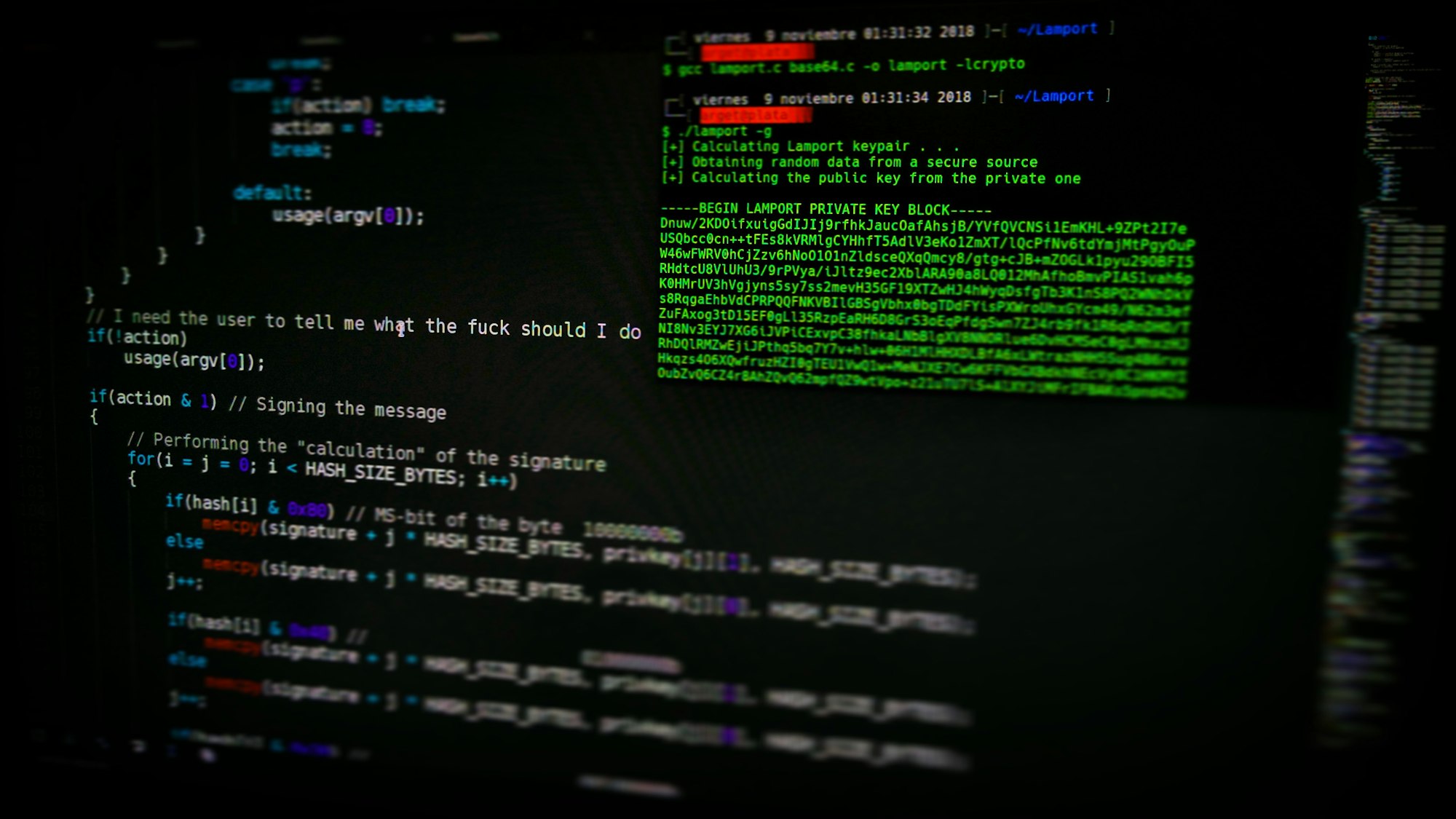


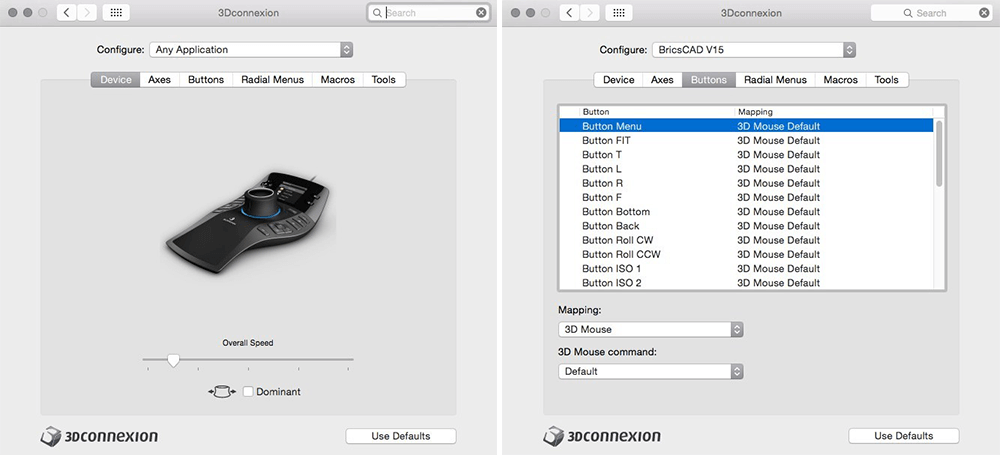

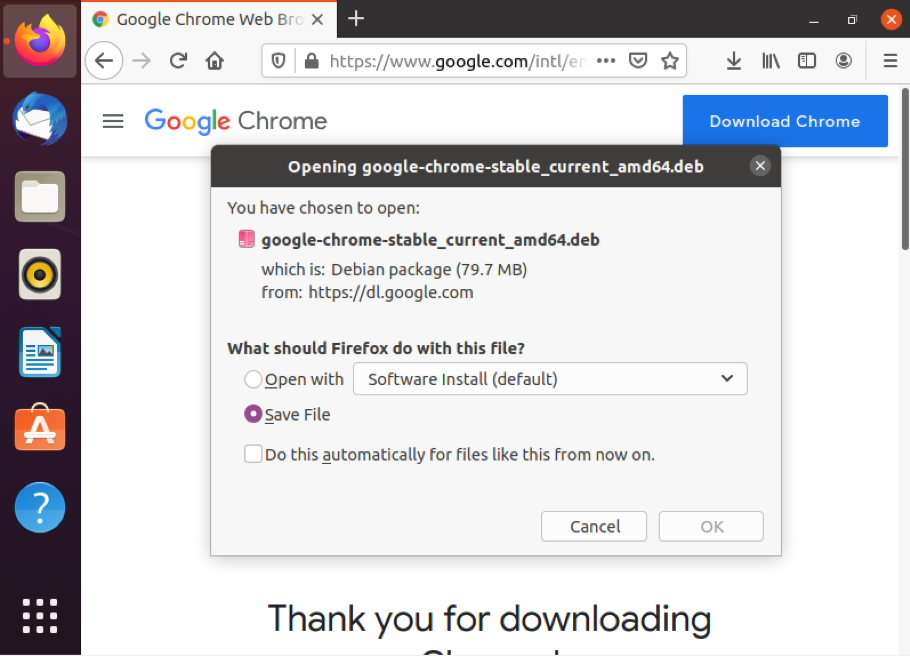


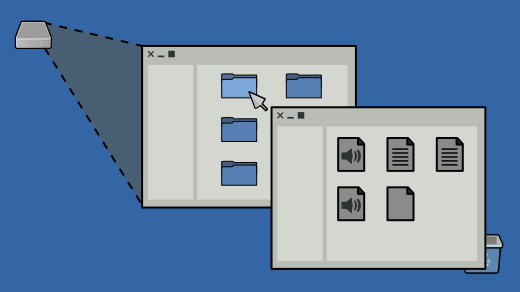





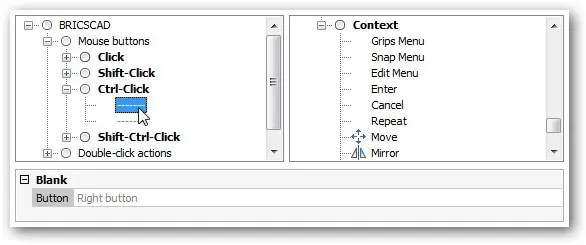


![Linux] Double-click to execute shell script and add it to the dock bar - Clay-Technology World Linux] Double-Click To Execute Shell Script And Add It To The Dock Bar - Clay-Technology World](https://i0.wp.com/clay-atlas.com/wp-content/uploads/2021/03/cropped-output.png?fit=350%2C350&ssl=1)



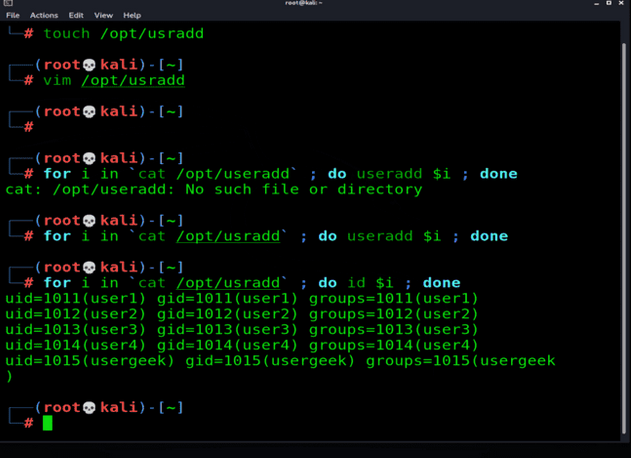

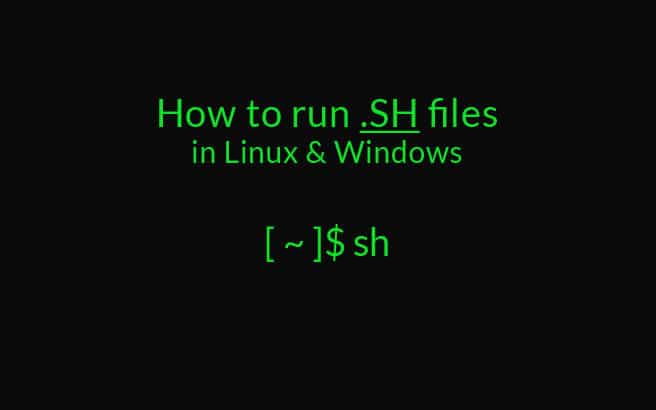
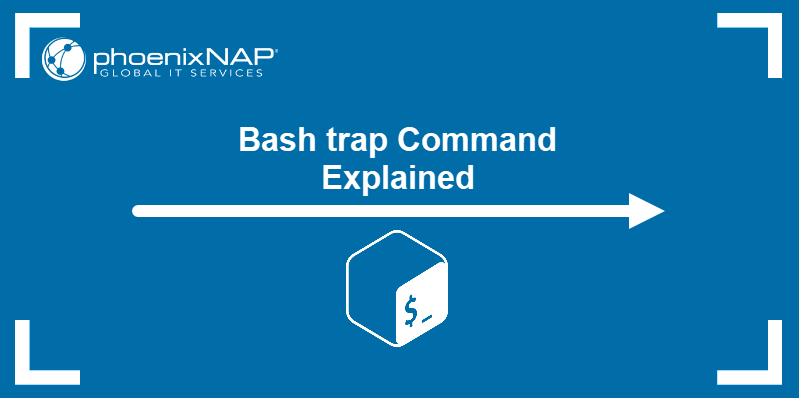
![Linux] Double-click to execute shell script and add it to the dock bar - Clay-Technology World Linux] Double-Click To Execute Shell Script And Add It To The Dock Bar - Clay-Technology World](https://i0.wp.com/clay-atlas.com/wp-content/uploads/2020/01/ubuntu-bash-logo.jpg?fit=830%2C460&ssl=1&resize=350%2C200)
Article link: ubuntu double click shell script.
Learn more about the topic ubuntu double click shell script.
- How to execute a script just by double clicking like .EXE files …
- How do I run a script on Linux just by double clicking it
- How to execute a script just by double clicking like .EXE files …
- How to run .sh file shell script (bash/ksh) in Linux / UNIX – nixCraft
- How to Execute INSTALL.sh Files in Linux Using Terminal – wikiHow
- Beginners/BashScripting – Community Help Wiki – Ubuntu Documentation
- Running a bash script – Ubuntu – It’s FOSS Community
- [Linux] Double-click to execute shell script and add it to the …
- Double click to execute a shell script in Mac OS Monterey
- Unable to run .sh files by double-clicking them
- [SOLVED] Executing a shell script by double-clicking and …
- Double clicking a script no longer works – Manjaro Linux Forum
See more: nhanvietluanvan.com/luat-hoc